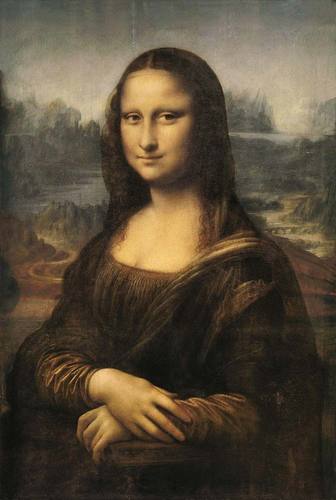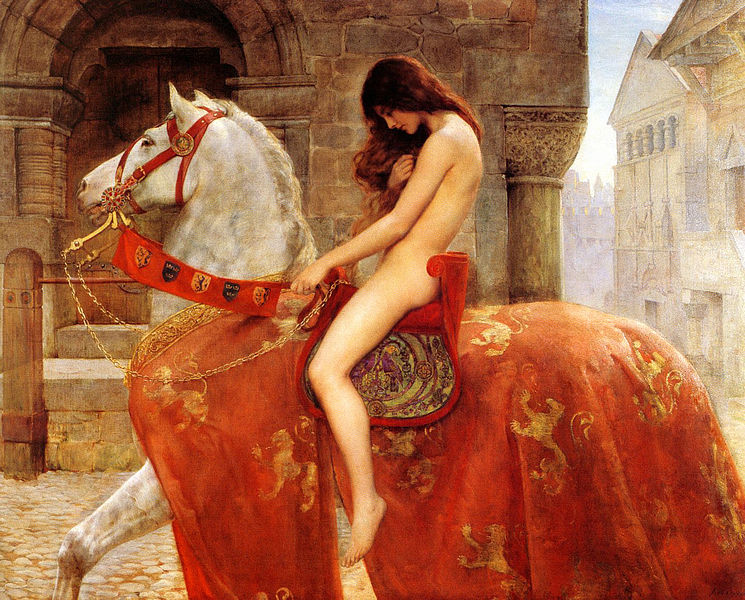High art is a term that is often used to describe works of art that are considered to be of the highest quality and value. The term is generally used to refer to works of art that are produced by highly skilled artists, and that are considered to be of great cultural significance.
High art can take many different forms, including:
- Painting
- Sculpture
- Literature
- Music
- Performance Art
The concept of high art has been the subject of much debate and discussion over the years, with many different opinions and viewpoints being expressed.
Some people believe that high art should be reserved for works that are considered to be of the highest quality and value, while others believe that all forms of art should be considered equally important.
Regardless of one’s personal viewpoint, it is clear that high art plays an important role in our society, and that it has the power to inspire and engage people in a wide range of ways.
What is High Art?
High Art can be defined as art that is considered to be of the highest quality and value. It is often associated with the works of famous artists and is often exhibited in prestigious galleries and museums.
High Art is typically created by skilled artists who have spent years honing their craft and have a deep understanding of the principles of aesthetics.

Fine art is often used interchangeably with High Art. However, while all High Art is considered fine art, not all fine art is considered High Art.
Fine art refers to any form of art that is created primarily for aesthetic purposes and is not utilitarian in nature. It includes painting, sculpture, and other forms of visual art.
Also Read: What is Figurative Art?
High Art is often associated with painting and sculpture, but it can also include other forms of art, such as music, literature, and theater. In fact, High Art is often seen as a reflection of the culture in which it is created and can provide valuable insights into the values and beliefs of a society.
One of the key features of High Art is its ability to evoke a strong emotional response in the viewer. This is often achieved through the use of color, composition, and other elements of design. High Art is also characterized by its attention to detail and the skill with which it is executed.
History of High Art
High art has a long and rich history that spans many centuries. Throughout history, different cultures and societies have created their own unique forms of high art.
In the Western world, high art has traditionally been associated with the visual arts, such as painting, sculpture, and architecture. However, high art can also encompass other creative pursuits, such as music, literature, and dance.
In the Renaissance period, high art was typically associated with the upper class. Wealthy patrons would commission artists to create works of art for their homes and public spaces. These works of art were often highly detailed and meticulously crafted, with an emphasis on realism and naturalism.

During the 19th century, the value of high art began to shift. The rise of the middle class led to a greater demand for art that was accessible to a wider audience. This led to the emergence of new forms of art, such as photography and printmaking, which were more affordable and easier to reproduce.
Today, high art continues to be a vital part of our cultural heritage. While the traditional forms of high art, such as painting and sculpture, remain popular, new forms of creative expression are constantly emerging. From street art to digital media, high art continues to evolve and adapt to the changing needs and tastes of society.
Contemporary High Art
Contemporary high art refers to the art that is produced in the current time period and is considered to be of high quality and value. It is a reflection of the current cultural, social, and political climate and often challenges the traditional notions of art.
One of the most prominent forms of contemporary high art is pop art, which emerged in the 1950s and 1960s. Pop art is characterized by its use of popular culture and consumerism as its subject matter. The movement challenged the elitist nature of traditional high art and brought art to the masses.
Another form of contemporary high art is dance, which has evolved into a highly sophisticated and complex art form. Contemporary dance explores the boundaries of movement, space, and time and often incorporates elements of theater, music, and visual arts.

Sculptures are also an important part of contemporary high art. Contemporary sculptors often use unconventional materials and techniques to create thought-provoking and visually stunning works of art. The use of technology and digital media has also opened up new possibilities for sculptors.
Performing arts, such as theater and opera, are also considered to be part of contemporary high art. These art forms continue to evolve and push the boundaries of traditional storytelling and performance.
Museums and galleries play an important role in showcasing contemporary high art. They provide a platform for artists to showcase their work and for the public to engage with and appreciate contemporary art.
Famous High Art Creators
High art has been created by many talented individuals throughout history. Some of the most famous high art creators include:
1. Vincent van Gogh
Vincent van Gogh is one of the most well-known high art creators. He is famous for his post-impressionist paintings, which are characterized by bright colors and bold brushstrokes. Van Gogh’s most famous works include “Starry Night” and “Sunflowers.”
2. Pablo Picasso
Pablo Picasso is another famous high art creator. He is known for co-founding the Cubist movement, which revolutionized modern art. Picasso’s most famous works include “Les Demoiselles d’Avignon” and “Guernica.”
3. Rembrandt
Rembrandt is a Dutch painter who is considered one of the greatest high art creators of all time. He is known for his masterful use of light and shadow. Rembrandt’s most famous works include “The Night Watch” and “Self-Portrait with Two Circles.”
4. Leonardo da Vinci
Leonardo da Vinci is one of the most famous high art creators of the Renaissance period. He is known for his paintings, sculptures, and inventions. Da Vinci’s most famous works include the “Mona Lisa” and “The Last Supper.”
Overall, these high art creators have left a lasting impact on the world of art and continue to inspire new generations of artists today.
Low Art and High Art Comparison
Low art and high art are two contrasting forms of art that differ in their audience, purpose, and artistic value. Low art is often considered as entertainment or popular culture, while high art is regarded as an intellectual pursuit or a form of expression that requires skill, creativity, and originality.
Low art forms include movies, television shows, pop music, magazines, and commercial art, while high art forms include classical music, literature, painting, sculpture, and theater. Low art is often mass-produced and appeals to a broad audience, while high art is more exclusive and appeals to the upper classes.
Love is a common theme in both low and high art, but the treatment of love differs significantly. Low art often portrays love as a sentimental or idealized emotion, while high art explores the complexities and contradictions of love.

For instance, literature classics like Jane Austen’s “Pride and Prejudice” and Emily Bronte’s “Wuthering Heights” are examples of high art that delve into the intricacies of love and relationships.
Photography is another art form that can be both low and high art. Commercial photography, such as fashion or advertising photography, is considered low art, while fine art photography, such as photojournalism or abstract photography, is considered high art.
Magazines are a form of low art that cater to a broad audience and often feature celebrity gossip, fashion, and lifestyle content. In contrast, literary magazines are a form of high art that feature poetry, short stories, and essays.
Aesthetics and High Art
When it comes to high art, aesthetics plays a crucial role. Aesthetics refers to the principles of beauty and taste that are applied to art. High art is often characterized by its ability to evoke an emotional response from the viewer, and aesthetics is an important factor in achieving this.
One of the defining characteristics of high art is that it is aesthetically pleasing. This means that it is visually or aurally attractive and appealing. This is in contrast to decorative art, which is primarily intended to be functional and aesthetically pleasing secondarily. High art is often created with the intention of being appreciated for its beauty alone.

Another factor that contributes to the status of high art is rarity. High art is often created in limited quantities, making it more exclusive and desirable. This exclusivity is reflected in higher prices for high art pieces, which are often considered investments.
High art can take many forms, including drawings, sculpting, and architecture. Classical music is also often considered high art, as it requires a high level of skill and training to perform. Popular music, on the other hand, is often considered low art because it is created for mass consumption and is not necessarily intended to be aesthetically pleasing or emotionally evocative.
In conclusion, aesthetics plays a crucial role in defining high art. Aesthetically pleasing, rare, and often expensive, high art is created with the intention of evoking an emotional response from the viewer or listener. Whether it takes the form of drawings, sculpting, architecture, or classical music, high art is a reflection of the skill and creativity of the artist.
Conclusion
The concept of high art is a complex and multifaceted one that has been debated for centuries. While there is no one-size-fits-all definition of what constitutes high art, it is generally understood to refer to art that is considered to be of superior quality, and that is often associated with the fine arts.
Ultimately, the question of what constitutes high art is a subjective one that depends on a variety of factors, including personal taste, cultural background, and societal norms. However, by examining the various factors that contribute to our understanding of high art, we can gain a deeper appreciation for the art that surrounds us and the role that it plays in our lives.

